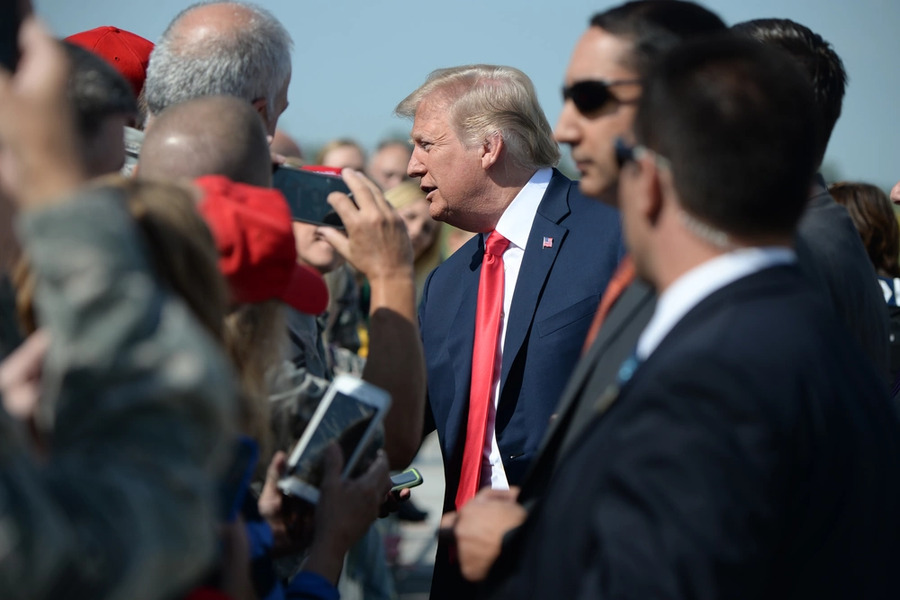Update in NYT v. Department of Justice
Here is a quick update in New York Times v. Department of Justice. That's the Second Circuit case regarding the DOJ's responses to Freedom of Information Act requests, filed by the New York Times and American Civil Liberties Union and seeking documents relating to the government's targeted killing program.
At oral argument, Judge José Cabranes had ordered the government to clarify specific language in the government's appellate brief.
Published by The Lawfare Institute
in Cooperation With

Here is a quick update in New York Times v. Department of Justice. That's the Second Circuit case regarding the DOJ's responses to Freedom of Information Act requests, filed by the New York Times and American Civil Liberties Union and seeking documents relating to the government's targeted killing program.
At oral argument, Judge José Cabranes had ordered the government to clarify specific language in the government's appellate brief. This seemingly indicated a willingness to disclose information to the ACLU in light of recent voluntary disclosures by the government. Here is the relevant text appearing on page 47 of the government's brief (emphasis added):
Given recent acknowledgments by the President and other senior officials of the previously properly classified fact that the United States carried out the targeted strike that killed Anwar al-Awlaki, DOJ has now determined that it can provide some limited additional information about classified documents in its possession that are responsive to the ACLU request. Specifically, DOJ can now disclose that there are a significant number of responsive classified records, consisting of legal advice and analysis (including about al-Awlaki), requests for legal advice, internal Executive Branch legal deliberations (including legal and factual input and comments on draft legal advice and analysis), summaries of legal advice and analysis, internal attorney work product (such as draft legal advice and analysis, preliminary outlines of the same, and related questions and notes), and confidential factual information regarding terrorist organizations and individuals potentially involved in such organizations received from Executive Branch clients.Judge Jon Newman asked DOJ attorney Sharon Swingle whether the quoted text, especially the italicized portion, indeed reflected the United States' "willingness to release more things upon a proper FOIA request." After a back-and-forth effort to clarify whether the government was so inclined, the court ordered the government to provide a supplemental brief. On Thursday, the government responded by submitting two documents. In the first, Swingle memorializes certain developments in the case, including the ex parte filing of additional classified materials, so as to complete the classified record. Second was the supplemental brief itself. Here Swingle explains that the above-quoted language was the additional disclosure, and the government likely would provide no additional information in response to a new FOIA request. She writes:
[T]he Department of Justice (DOJ) was able to provide a generalized description of responsive classified documents−i.e., the description provided at p. 47 of the government’s brief. The government did not indicate that any responsive documents would be subject to compelled disclosure or voluntarily disclosed.
Matt Danzer is a graduate of Columbia Law School, where he was a member of the Columbia Law Review and served as president of the National Security Law Society. He also works as an editor for the Topic A public policy blogs on Roll Call. He graduated from Cornell University in 2012 with a B.S., with honors, in Industrial and Labor Relations.




